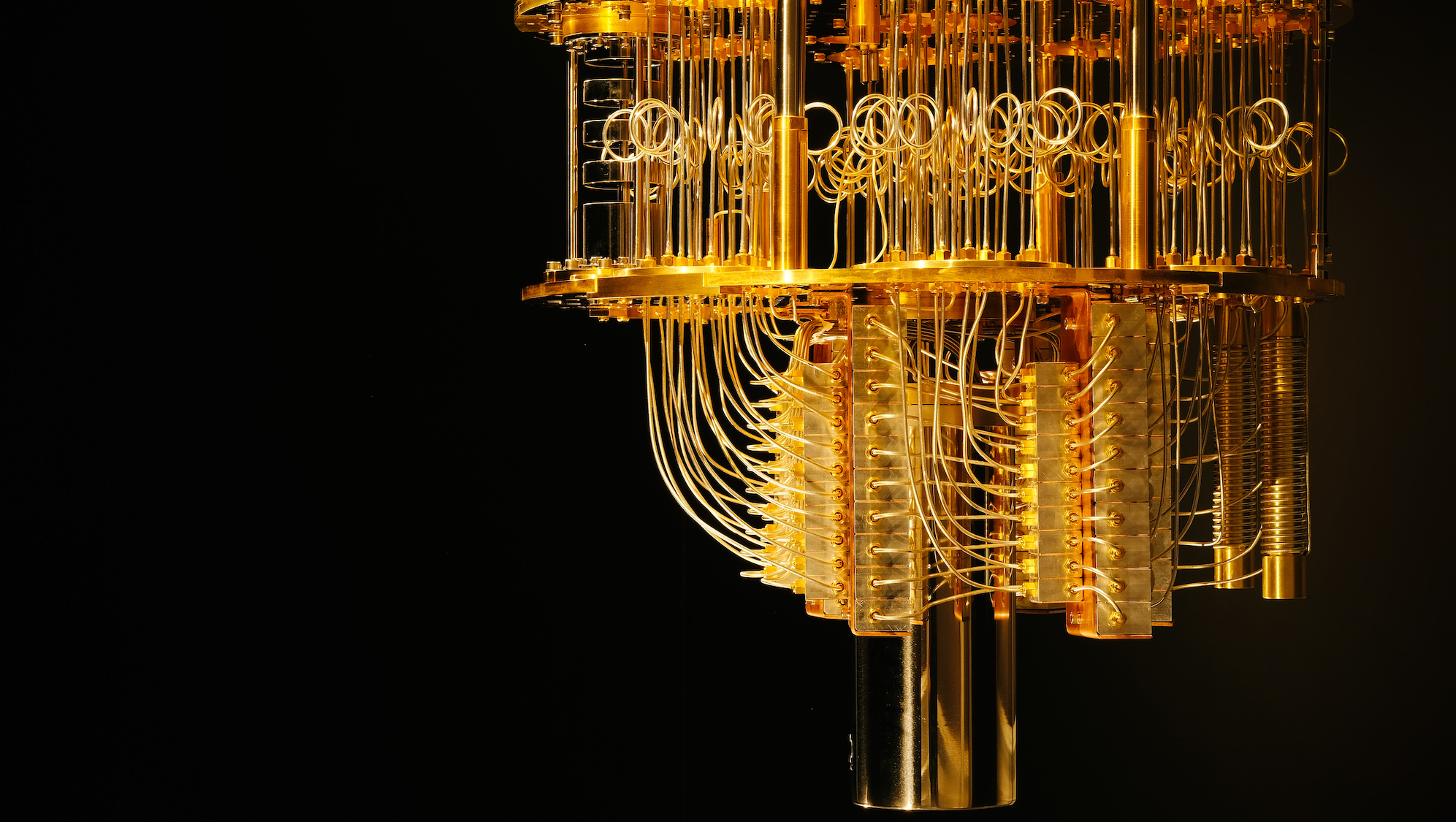

This week, IBM researchers published the results of a study in the journal Nature that demonstrated the ways in which they were able to use a 100-plus-qubit quantum computer to square up against a classical supercomputer. They pitted the two against one another with the task of simulating physics.
“One of the ultimate goals of quantum computing is to simulate components of materials that classical computers have never efficiently simulated,” IBM said in a press release. “Being able to model these is a crucial step towards the ability to tackle challenges such as designing more efficient fertilizers, building better batteries, and creating new medicines.”
Quantum computers, which can represent information as zero, one, or both at the same time, have been speculated to be more effective than classical computers at solving certain problems such as optimization, searching through an unsorted database, and simulating nature. But making a useful quantum computer has been hard, in part due to the delicate nature of qubits (the quantum equivalent of bits, the ones and zeros of classical computing). These qubits are super sensitive to noise, or disturbances from their surroundings, which can create errors in the calculations. As quantum processors get bigger, these small infractions can add up.
[Related: How a quantum computer tackles a surprisingly difficult airport problem]
One way to get around the errors is to build a fault-tolerant quantum computer. The other is to somehow work with the errors by either mitigating them, correcting them, or canceling them out.

In the experiment publicized this week, IBM researchers worked with a 127-qubit Eagle quantum processor to model the spin dynamics of a material to predict properties such as how it responds to magnetic fields. In this simulation, they were able to generate large, entangled states where certain simulated atoms are correlated with one another. By using a technique called zero noise extrapolation, the team was able to separate the noise and elucidate the true answer. To confirm that the answers they were getting from the quantum computer were reliable, another team of scientists at UC Berkeley performed these same simulations on a set of classical computers—and the two matched up.
[Related: In photos: Journey to the center of a quantum computer]
However, classical computers have an upper limit when it comes to these types of problems, especially when the models become more complex. Although IBM’s quantum processor is still a ways away from quantum supremacy—where it can reliably outperform a classical computer on the same task—proving that it can provide useful answers even in the presence of noise is a notable accomplishment.
“This is the first time we have seen quantum computers accurately model a physical system in nature beyond leading classical approaches,” Darío Gil, senior vice president and director of IBM Research, said in the press release. “To us, this milestone is a significant step in proving that today’s quantum computers are capable, scientific tools that can be used to model problems that are extremely difficult – and perhaps impossible – for classical systems, signaling that we are now entering a new era of utility for quantum computing.”
